Continuing the session program, on the afternoon of May 9, the National Assembly listened to the Report on explanation, reception, and revision of the draft Law on Digital Technology Industry and discussed a number of contents with different opinions of this draft Law.
The Draft Law on Digital Technology Industry consists of 7 Chapters with 57 Articles, regulating the digital technology industry.
This Law does not regulate digital technology industry activities that only serve national defense and security purposes, or cryptographic activities to protect state secret information.
This Law applies to domestic and foreign organizations and individuals participating in or related to the digital technology industry in Vietnam.
Summarizing a number of major issues in explaining, accepting and revising the draft Law, Chairman of the Committee for Science, Technology and Environment Le Quang Huy said that regarding artificial intelligence management, there are opinions on adding risk management principles, having measures to ensure the promotion, development and application of artificial intelligence (AI) systems in industries and fields and assigning the Government to provide detailed instructions; having regulations on intellectual property for products using AI.
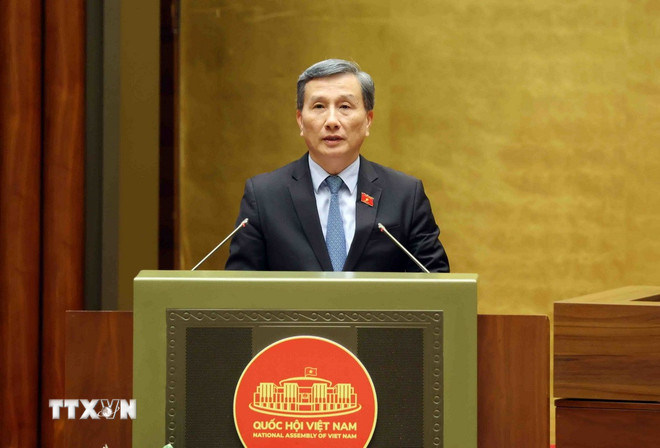
The National Assembly Standing Committee found that the draft Law has regulated AI in the direction of promoting research, development, and application of AI in life; risk management and human-centeredness; management regulations for high-risk AI systems, large-impact systems, and does not require management of non-high-risk artificial intelligence systems and assigns the Government to specify details suitable for practical management of sectors and fields.
This risk management principle is built on the basis of selectively absorbing international experience and is suitable for Vietnamese practice.
At the same time, the draft Law also adds regulations on the Strategy for research, development and application of AI to promote, develop and apply AI effectively, sustainably and responsibly in industries and fields, said Mr. Le Quang Huy.
Regarding the proposal to have regulations on intellectual property for AI, the National Assembly Standing Committee found that Vietnam's intellectual property law stipulates that intellectual property rights can only belong to organizations and individuals (people) who own or directly create part or all of a work, invention, etc., and does not apply to AI.
Currently, the World Intellectual Property Organization (WIPO) and many countries are still researching the issue of intellectual property rights for AI-created products, but have not officially legalized or included them in international conventions.
Therefore, the National Assembly Standing Committee will direct research to amend, supplement and perfect regulations on the above issue in the Law on Intellectual Property at the appropriate time.
According to Mr. Le Quang Huy, there are opinions that it is necessary to build a legal framework for digital assets that specifies core issues, immediately identifies the contents that must be implemented (property rights, ownership, transactions, security, responsibility, dispute resolution, risk management) ..., while ensuring consistency with the current legal system and international practices, while establishing a mechanism for management, supervision, and risk prevention; clarifying whether digital assets can be used for exchange or investment purposes; proposing to clarify the content and criteria for classifying digital assets.
The National Assembly Standing Committee found that according to the draft Law, digital assets have been identified as assets under current civil law. Property rights, ownership, transactions, security, liability, dispute resolution, risk management, etc. have been regulated under the provisions of criminal law, anti-corruption and anti-money laundering laws and relevant laws.
Therefore, in order to ensure the feasibility, flexibility and stability of the legal system, the draft Law only stipulates principles and assigns the Government to make specific regulations in accordance with development practices.
In response to the opinions of National Assembly deputies, the draft Law has more specifically stipulated a number of core contents in state management of digital assets and assigned the Government to specify in detail the authority and management of digital assets in specialized fields in accordance with practical conditions.
Regarding the opinion that the controlled testing mechanism currently stipulated in the draft Law on Digital Technology Industry and the draft Law on Science, Technology and Innovation are both aimed at testing new technologies, products, services and business models, it is recommended to review to ensure consistency in the legal system.
Regarding this content, the National Assembly Standing Committee would like to report as follows: The Draft Law on Digital Technology Industry has provisions on principles, criteria, authority, rights, responsibilities, user protection and exemption from liability in testing digital technology application products and services... and assigns the Government to specify in detail to fully institutionalize the Party's policy in Resolution No. 57-NQ/TW.
However, the draft Law on Science, Technology and Innovation submitted to the National Assembly for consideration, comments and approval at the 9th Session also has provisions on this content with the aim of applying it to many different fields.
Mr. Le Quang Huy said that to ensure the consistency of regulations on controlled testing mechanisms, the National Assembly Standing Committee has directed research to absorb the opinions of National Assembly deputies and revise the Law on Science, Technology and Innovation in the direction of regulating a general framework on controlled testing mechanisms at.
On the basis of these framework regulations, the controlled testing mechanism for digital technology application products and services will be regulated more specifically and in more detail, ensuring consistency./.
Source: https://www.vietnamplus.vn/quy-dinh-mot-so-noi-dung-cot-loi-trong-quan-ly-nha-nuoc-ve-tai-san-so-post1037573.vnp


![[Photo] General Secretary To Lam arrives in Minsk, begins state visit to Belarus](https://vphoto.vietnam.vn/thumb/1200x675/vietnam/resource/IMAGE/2025/5/11/76602f587468437f8b5b7104495f444d)


![[Photo] General Secretary To Lam meets and expresses gratitude to Vietnam's Belarusian friends](https://vphoto.vietnam.vn/thumb/1200x675/vietnam/resource/IMAGE/2025/5/11/c515ee2054c54a87aa8a7cb520f2fa6e)





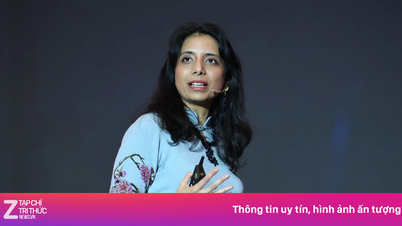

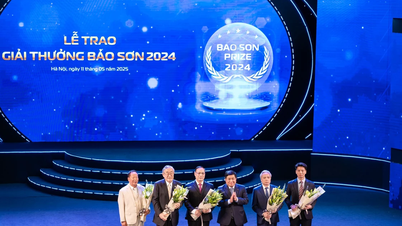




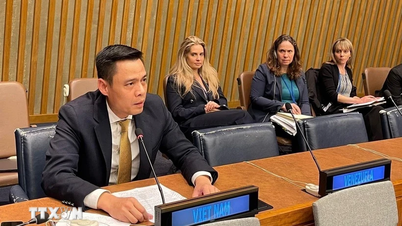
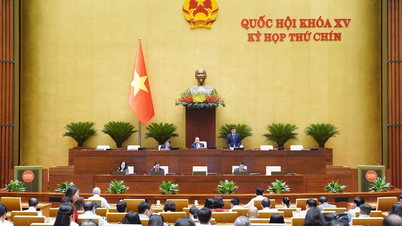


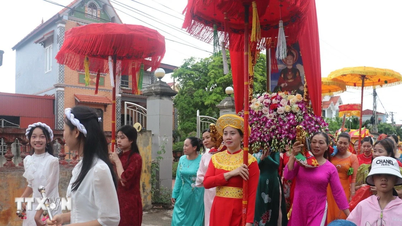

![[Photo] General Secretary To Lam concludes visit to Russia, departs for Belarus](https://vphoto.vietnam.vn/thumb/1200x675/vietnam/resource/IMAGE/2025/5/11/0acf1081a95e4b1d9886c67fdafd95ed)






























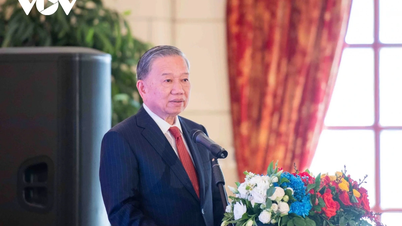

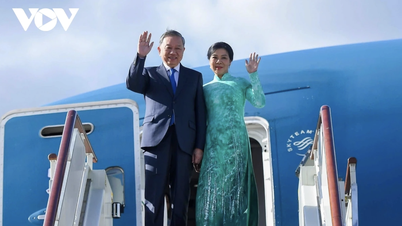












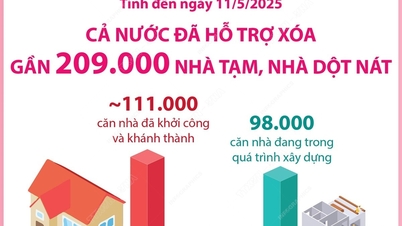

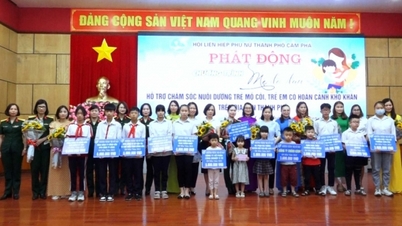

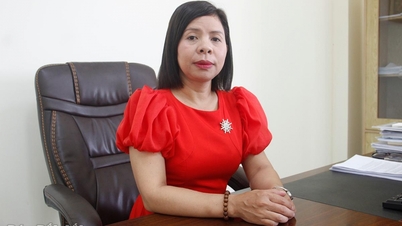

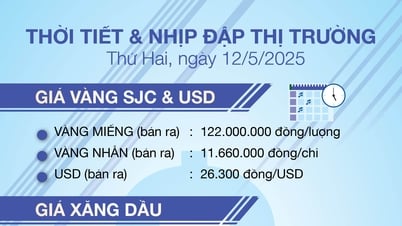

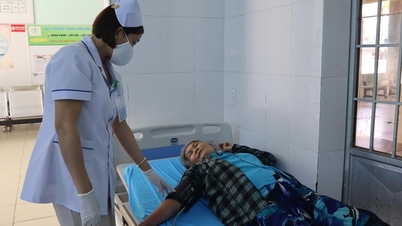
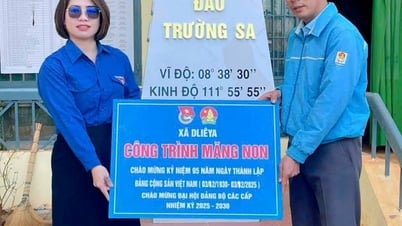











Comment (0)